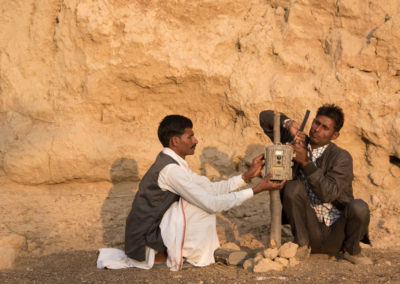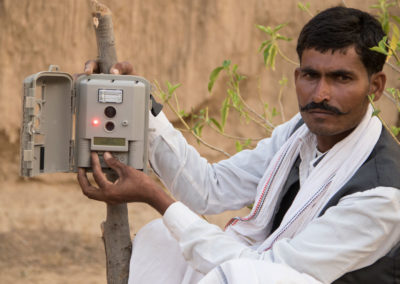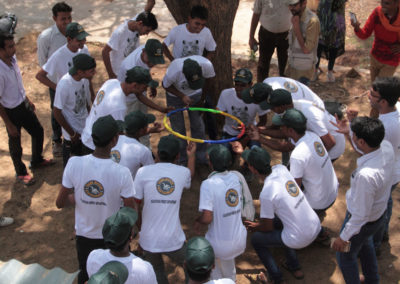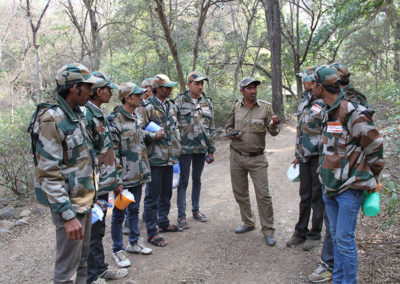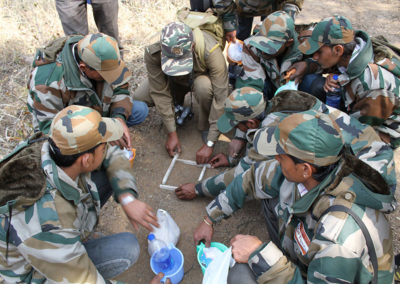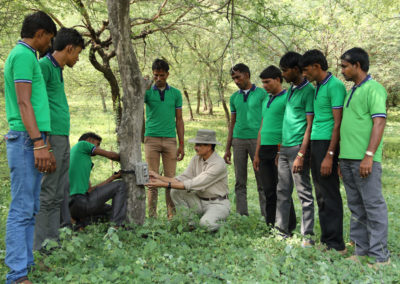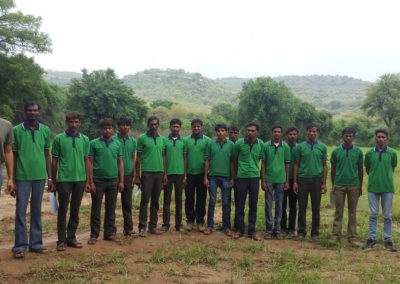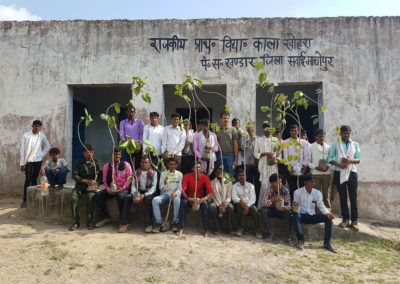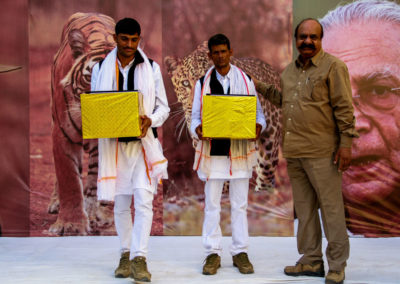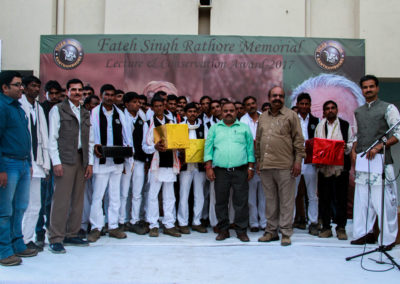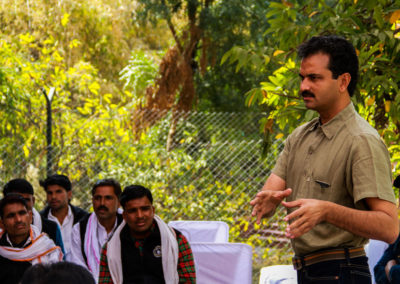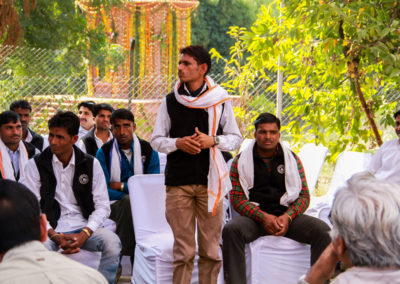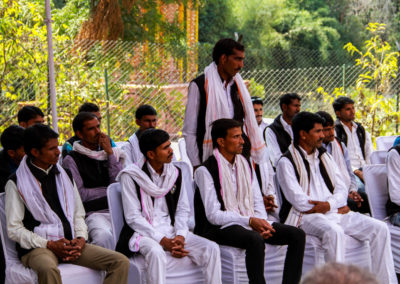“In order to carry out positive action we must develop a positive vision.”
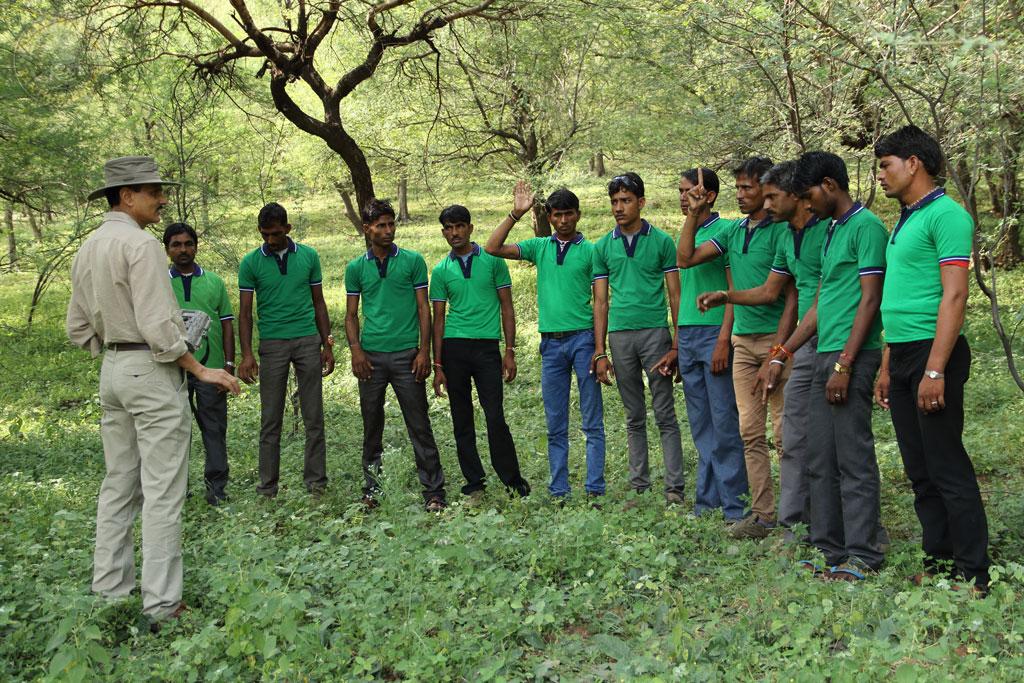
It is time to stop scaring people with visions of an unavoidable apocalyptic future and to start inspiring them with conviction that together, we a can turn the corner on environmental destruction and create a new chapter in conservation. The Village Wildlife Volunteer Program is one such initiative, allowing local communities to be directly involved in the process of conservation.
Context
Following the mitigation of poaching in Ranthambhore, the Tiger population rose exponentially. It soon became clear that the Tigers were not confined to the limits of the Tiger Reserve. An unprecedented 235 Km journey across the Trans-Chambal corridor into the neighboring state of Madhya Pradesh by an adventurous Tiger (T-56) laid the foundation for Tiger Watch’s most dynamic program yet. The Village Wildlife Volunteer Program has 4 stakeholders in the form of the local communities living in and around the protected area, the Forest Department, Tiger Watch Ranthambhore and the tourism industry.
Approach
The Village Wildlife Volunteers currently cover 20 villages in and around the Ranthambhore Tiger Reserve. They also manage 250 unpaid auxiliary network members in 90 villages.
The Volunteers assist in the three key areas of –
- Wildlife Crime : Volunteers report, as well as attempt to prevent wildlife crimes in the making. By bridging the gap in communication between local communities and the Forest Department, anti-poaching has for the first time become preventative in nature. Their camera traps and smartphones are invaluable here as well.
- Wildlife Monitoring : The Volunteers keep an eye out for the movement of wildlife, especially Tigers moving in and out of the Ranthambhore Tiger Reserve. In a handful of cases, a Volunteer has even tracked and followed a tiger for over 235 kms to the neighboring state of Madhya Pradesh, which helped map out the migratory corridors of the Tigers of Ranthambhore for the first time. The information obtained through this exercise has never been seen before and has evaded generations of forest officers and scientists. The discovery and monitoring of new breeding populations of tigers in the Kailadevi Wildlife Sanctuary and adjoining Dholpur district, are solely due to their efforts.
- Human – Wildlife Conflict : The coexistence of predators and livestock on farmlands is an unavoidable reality. However, when predators deplete livestock numbers, or herbivores raid crops, there is conflict and the most effective way of mitigating it is by making informed choices.
During such scenarios, a Volunteer manages the situation by acting as an intermediary for both sides. They report cattle kills, make sure that no one plays foul or poison carcasses, and their advocacy for timely cattle compensation plays a very significant role in the protection of the Tiger.
Apart from increased monitoring and vigilance in the peripheral areas of Ranthambhore, it is interesting to note that it is the farmers/shepherds and local communities that are taking now the lead in such interventions.
Address:
Maa Farm,
Ranthambhore Road,
Khilchipur, Sawai
Madhopur, Rajasthan,
India - 322 001
Phone: (+91) 90015 07777

